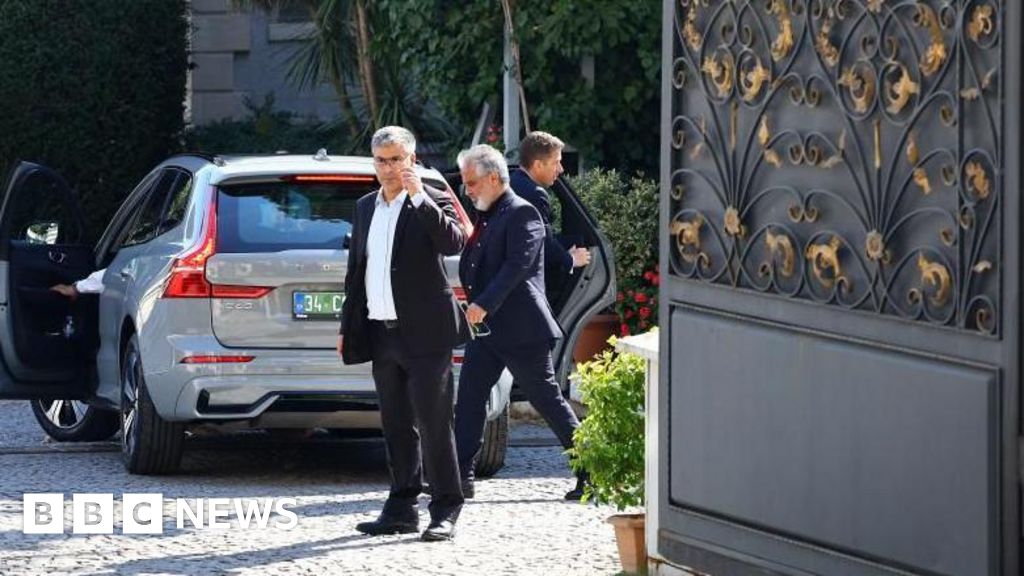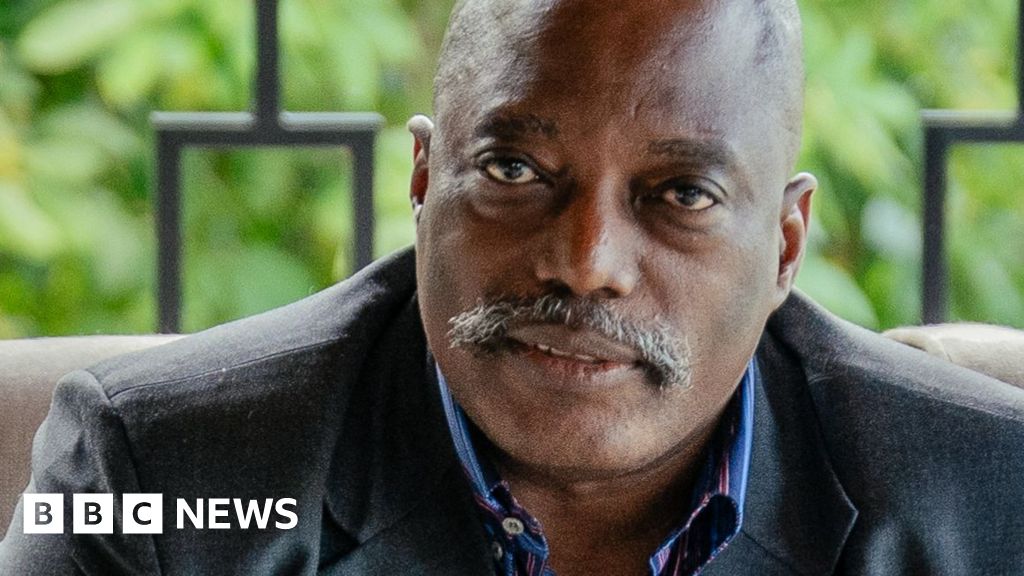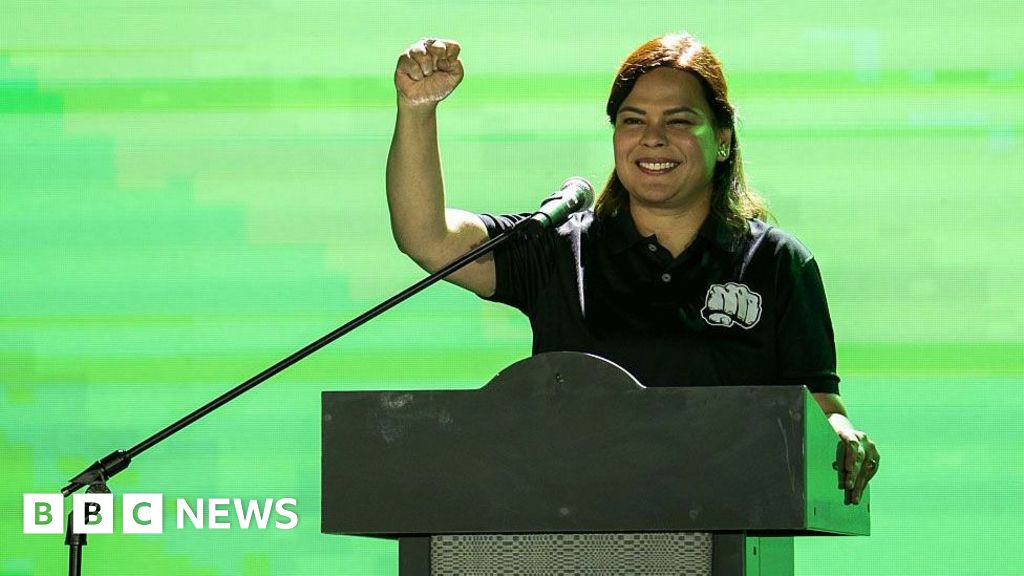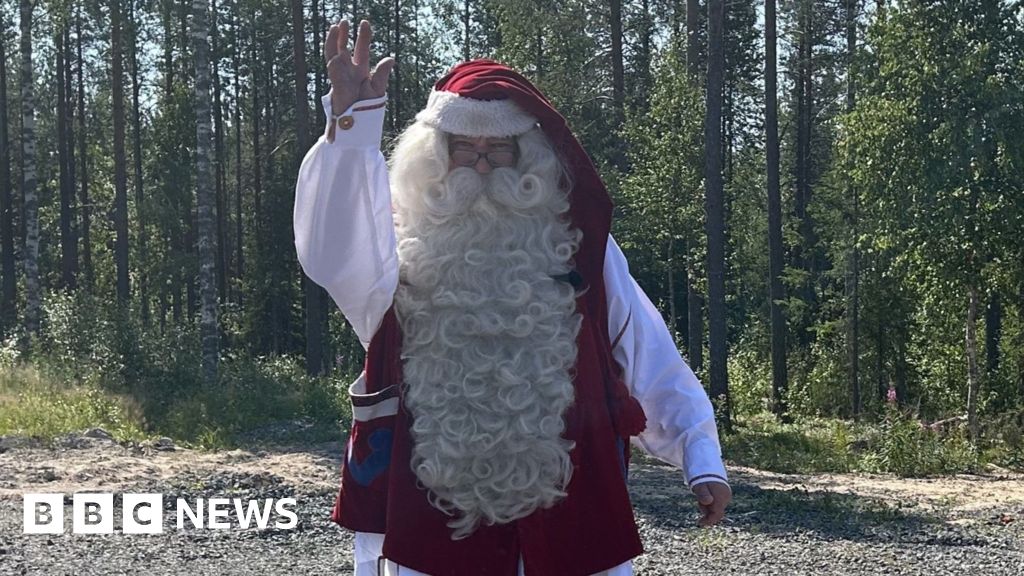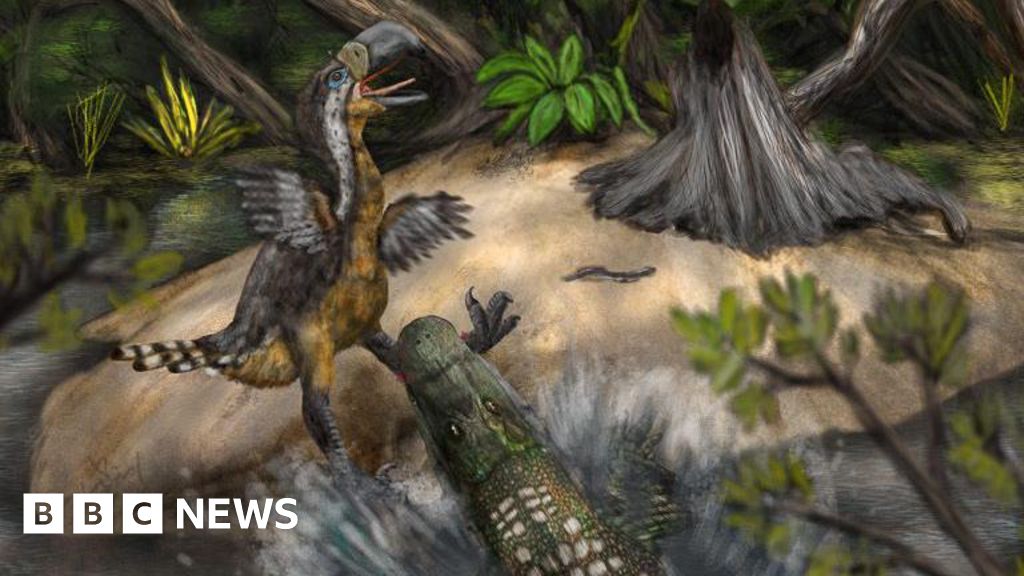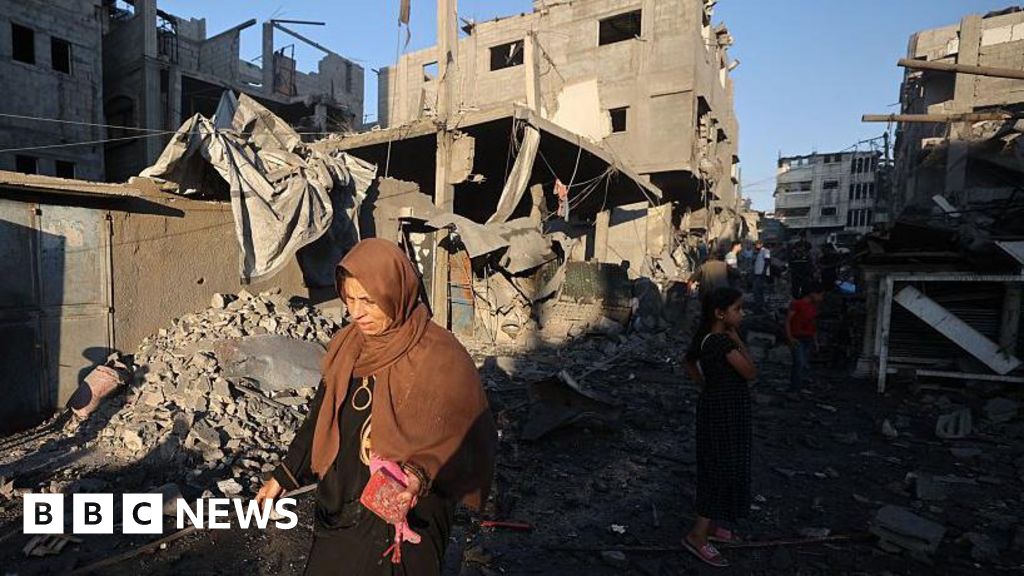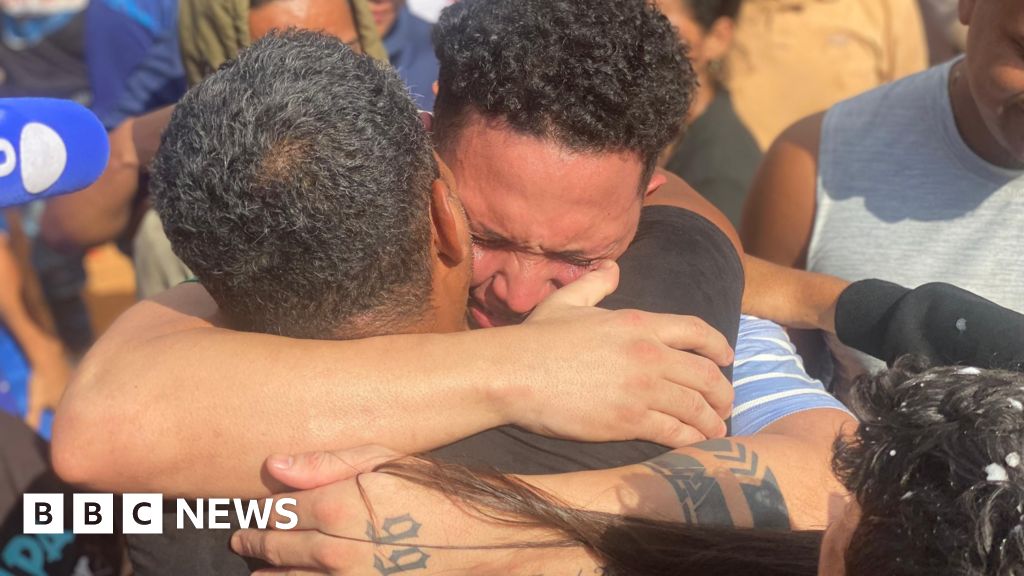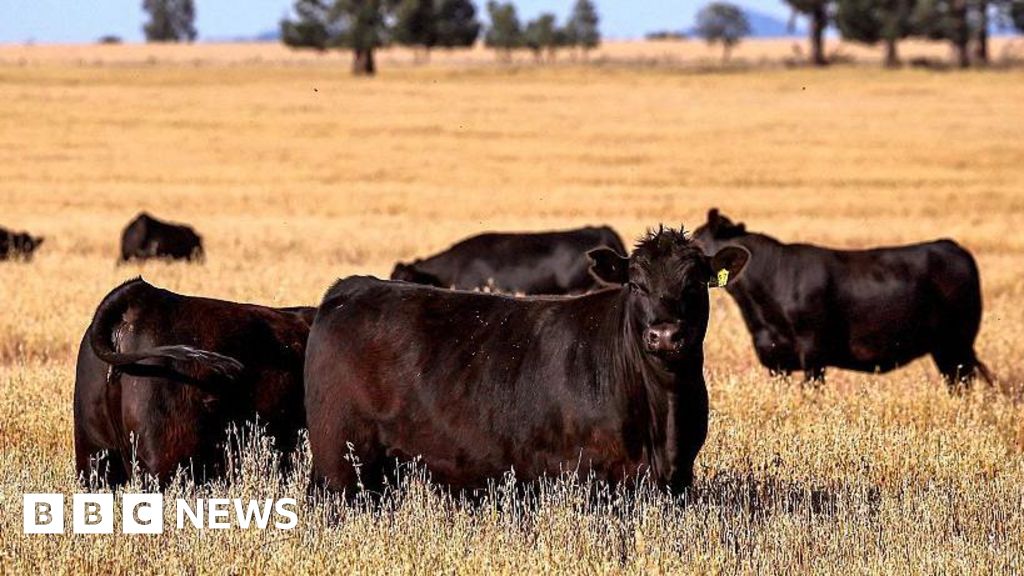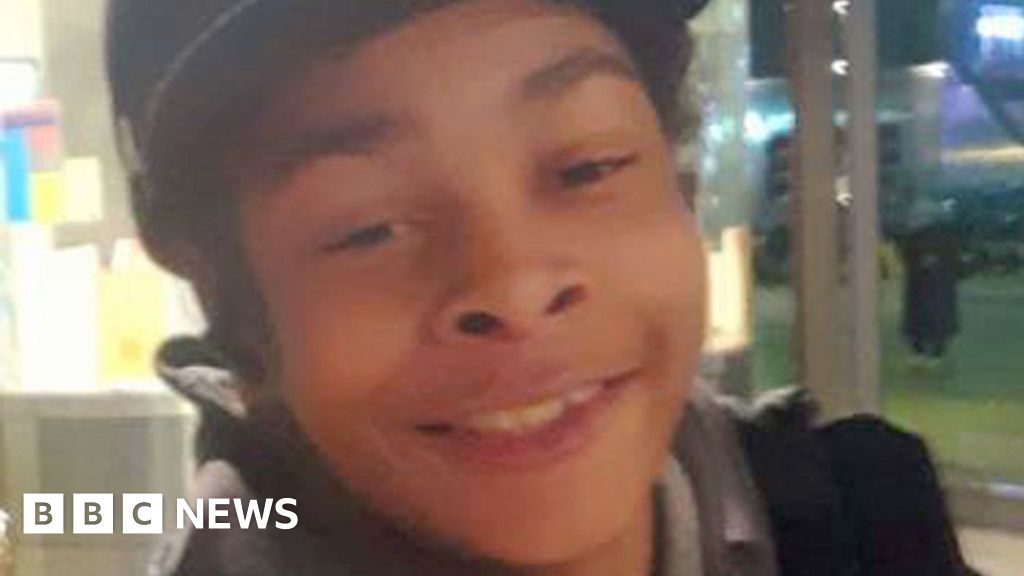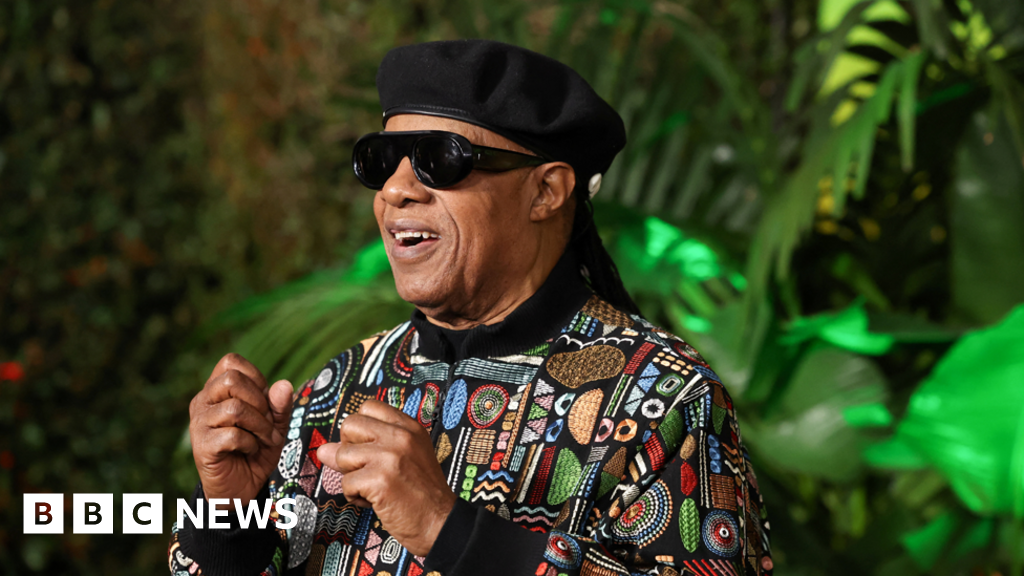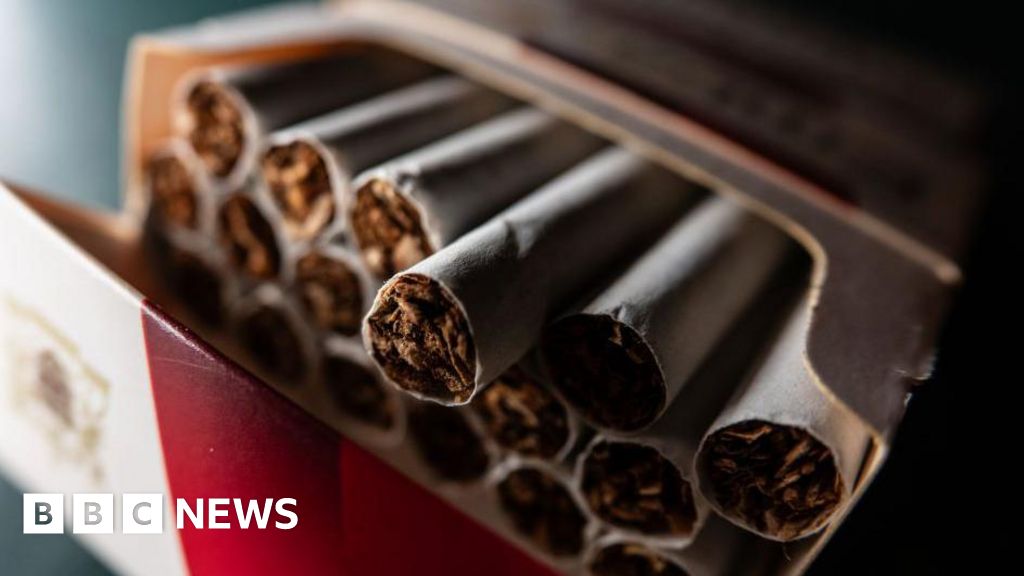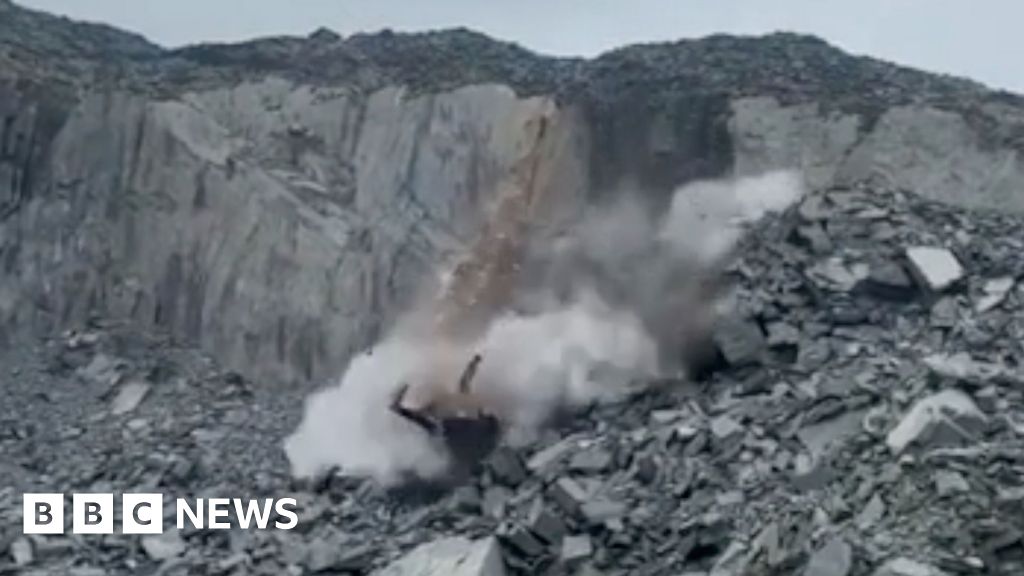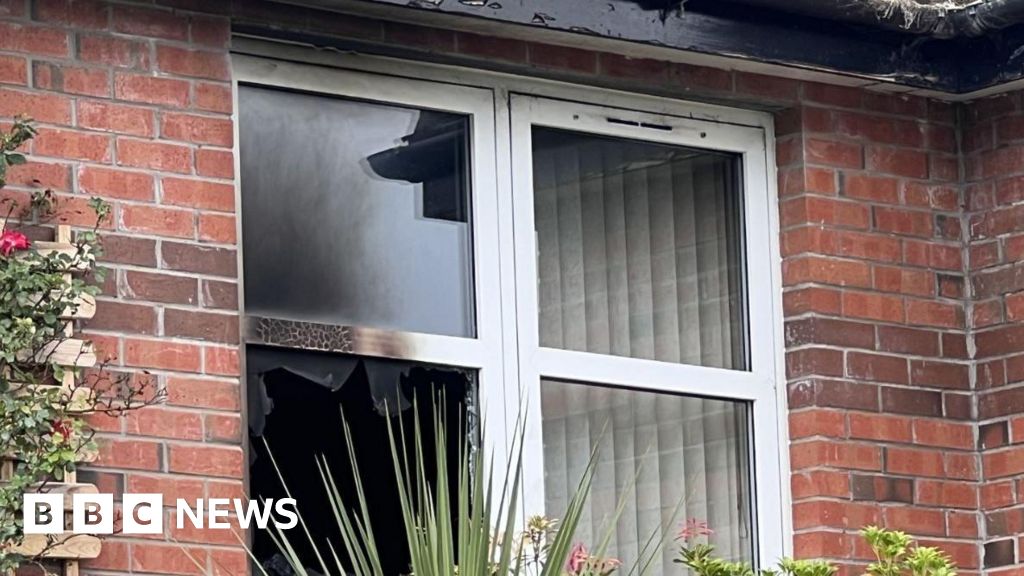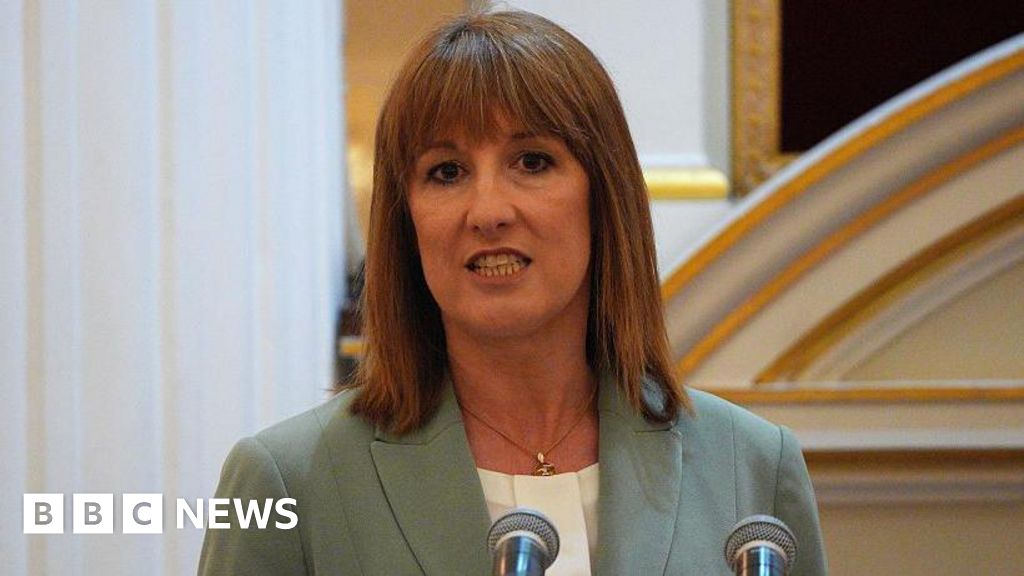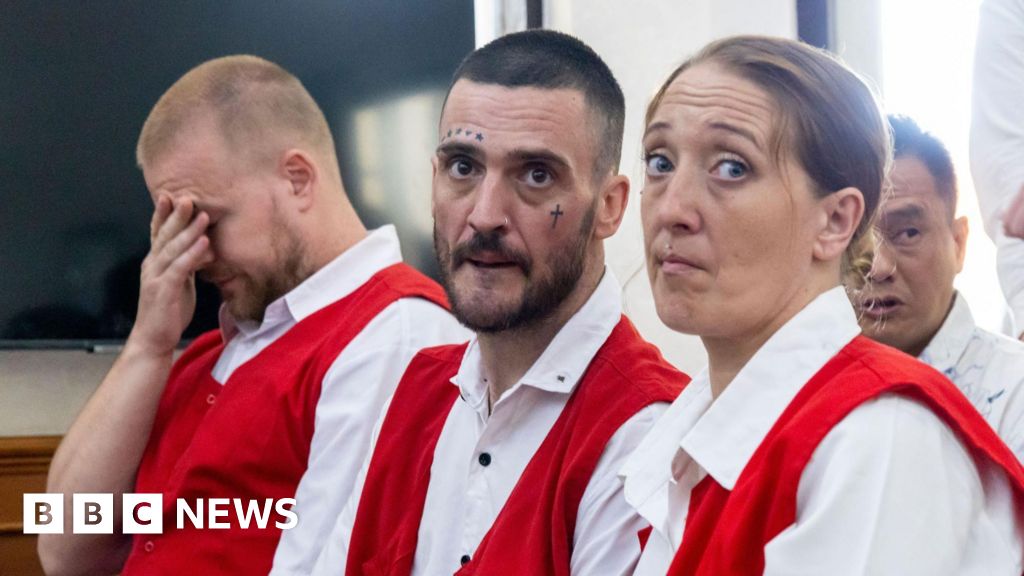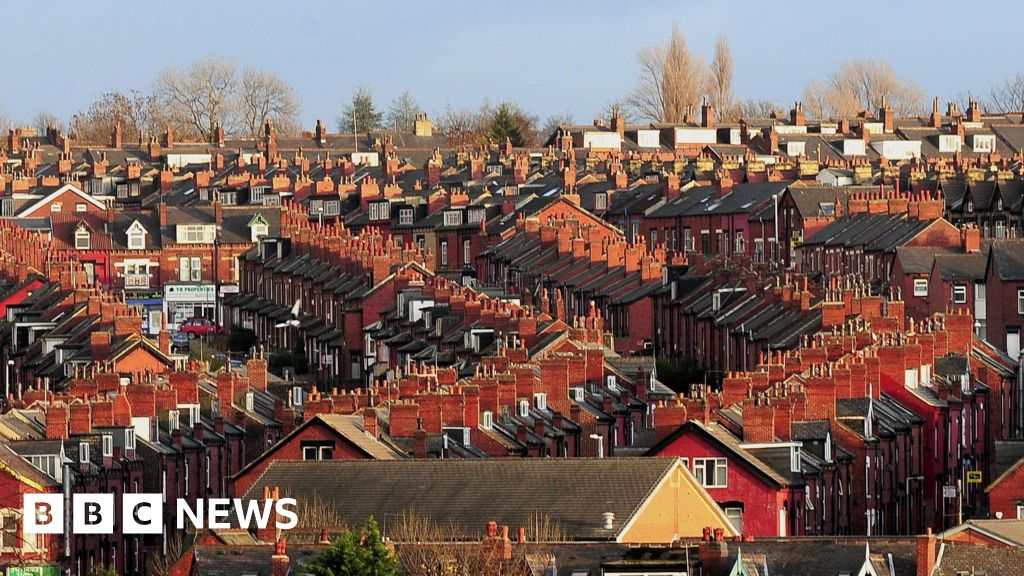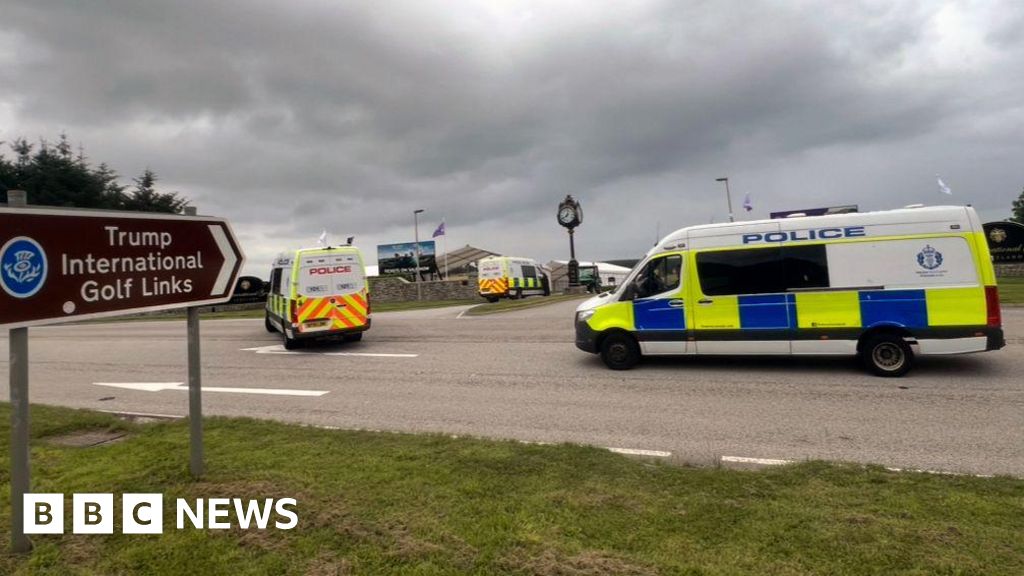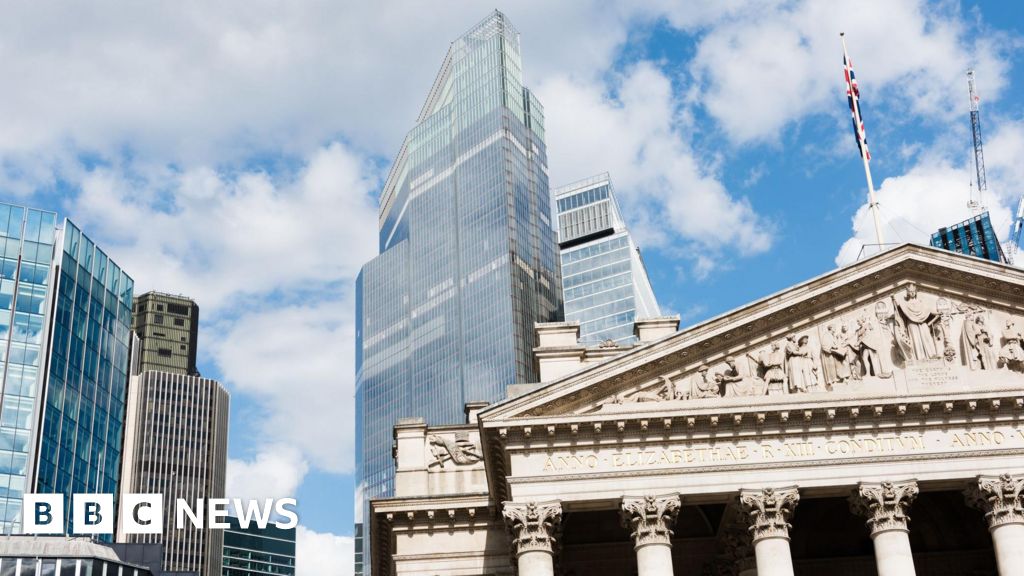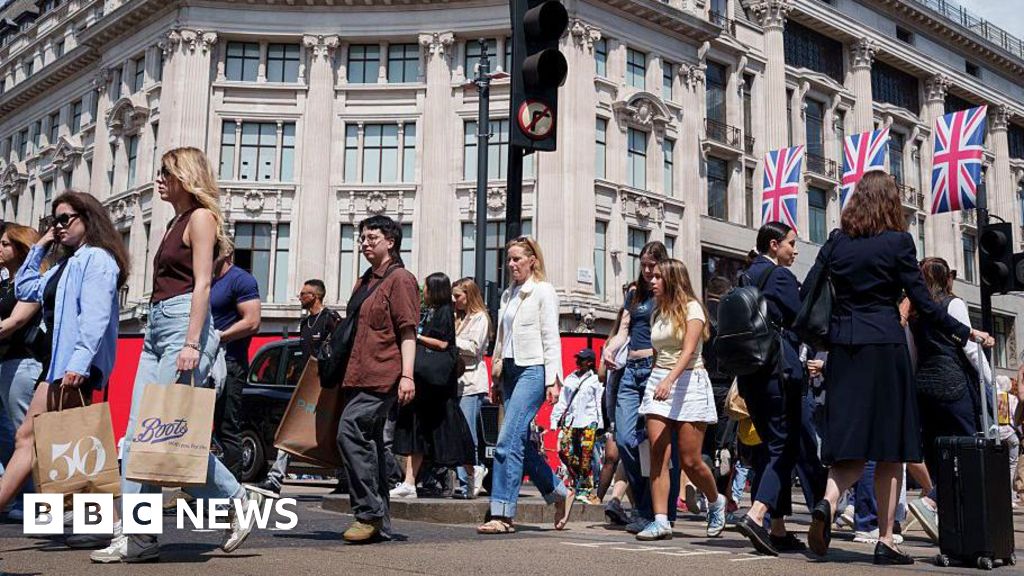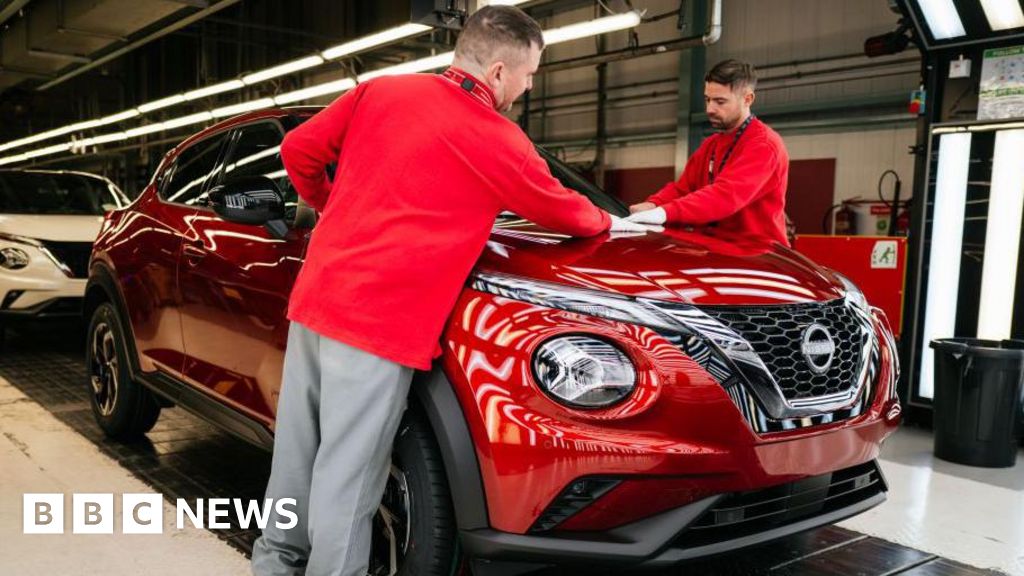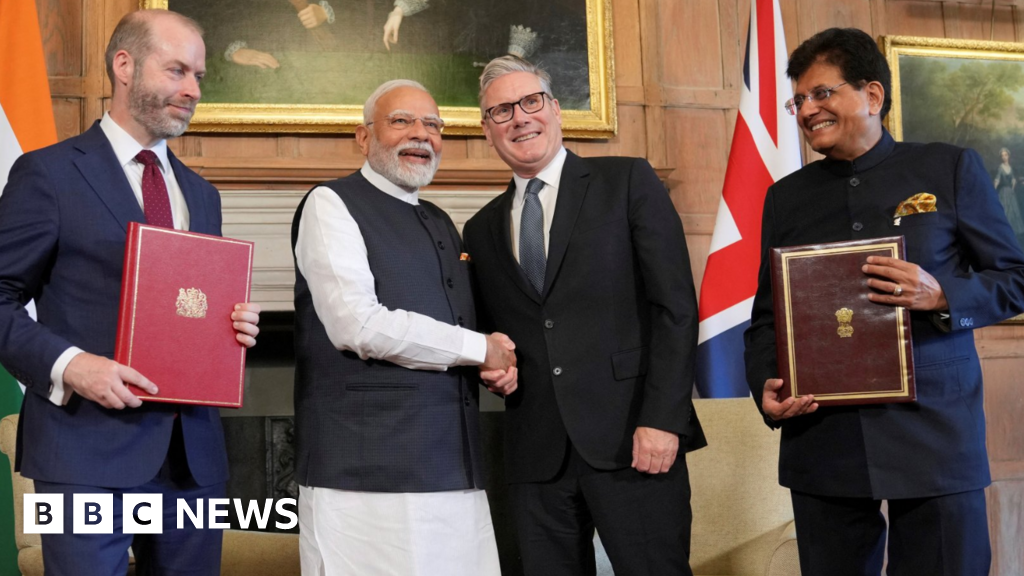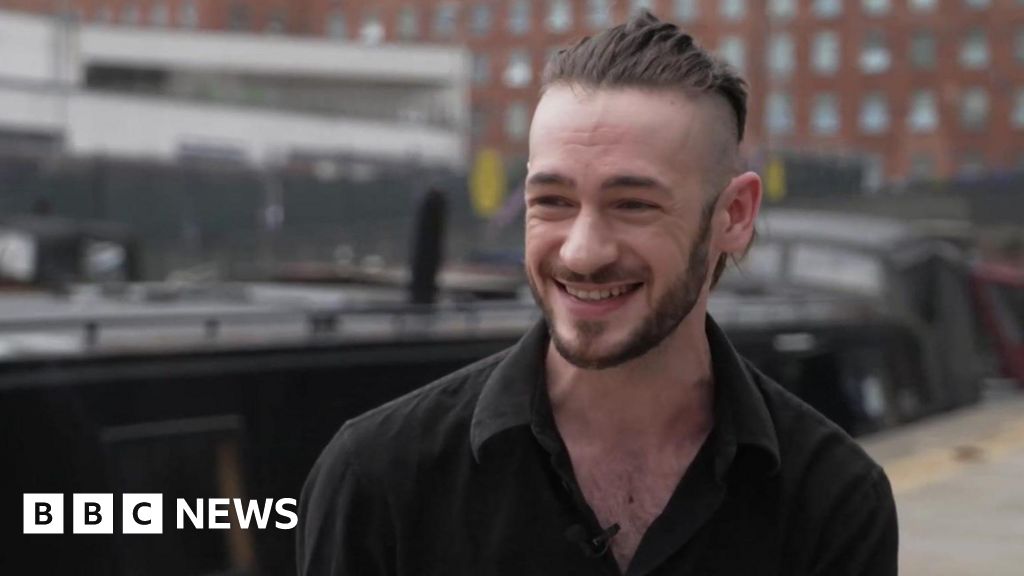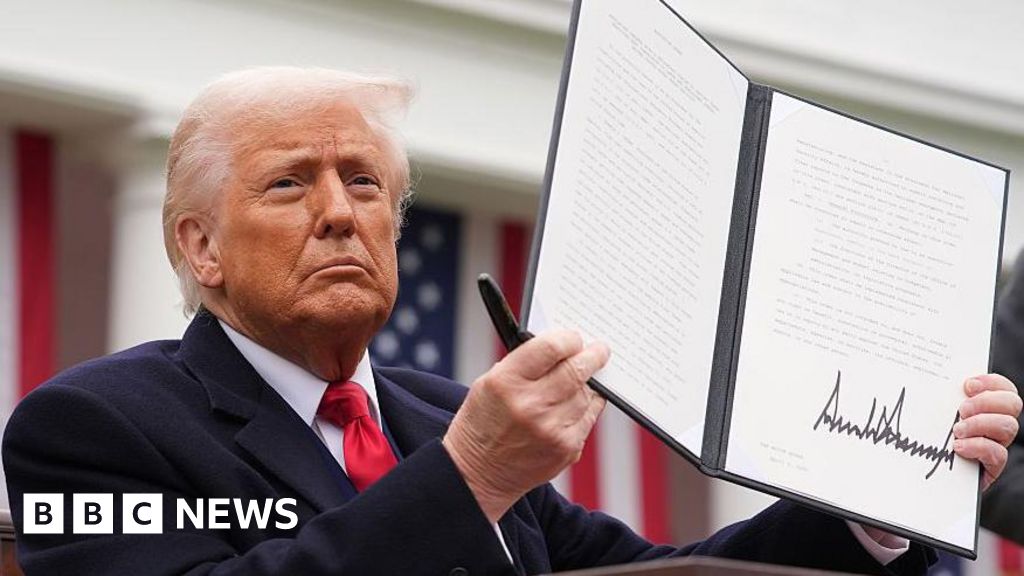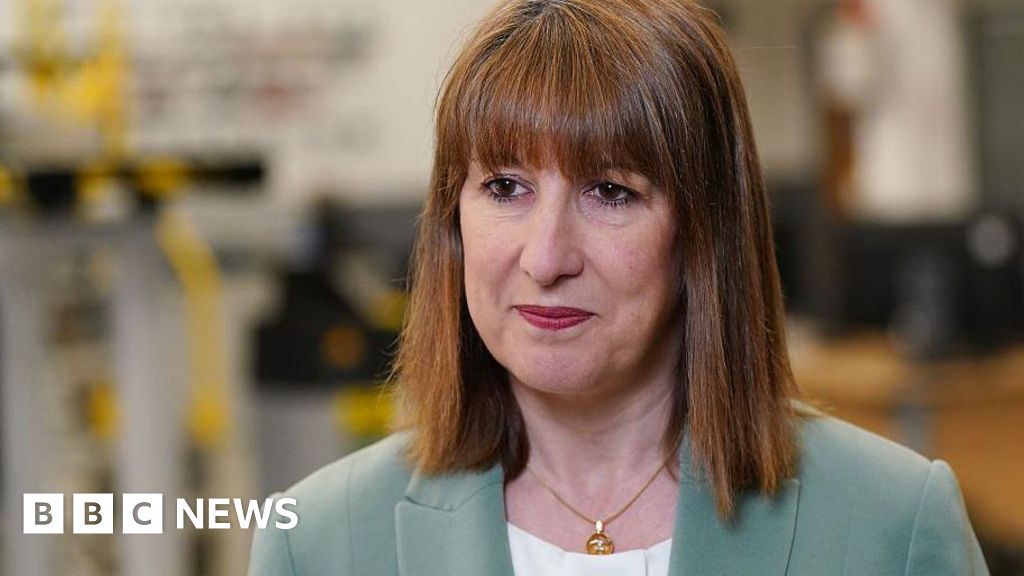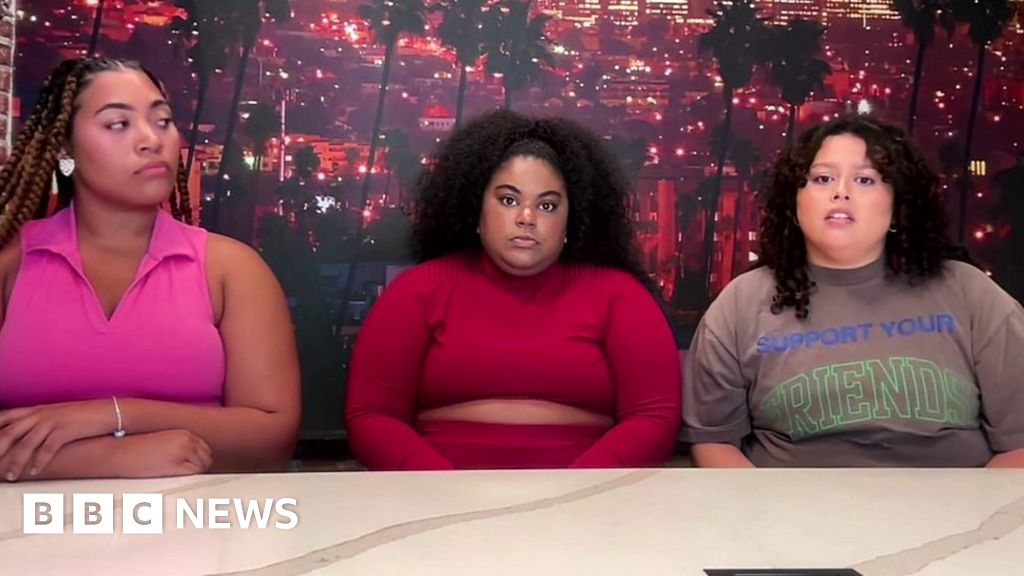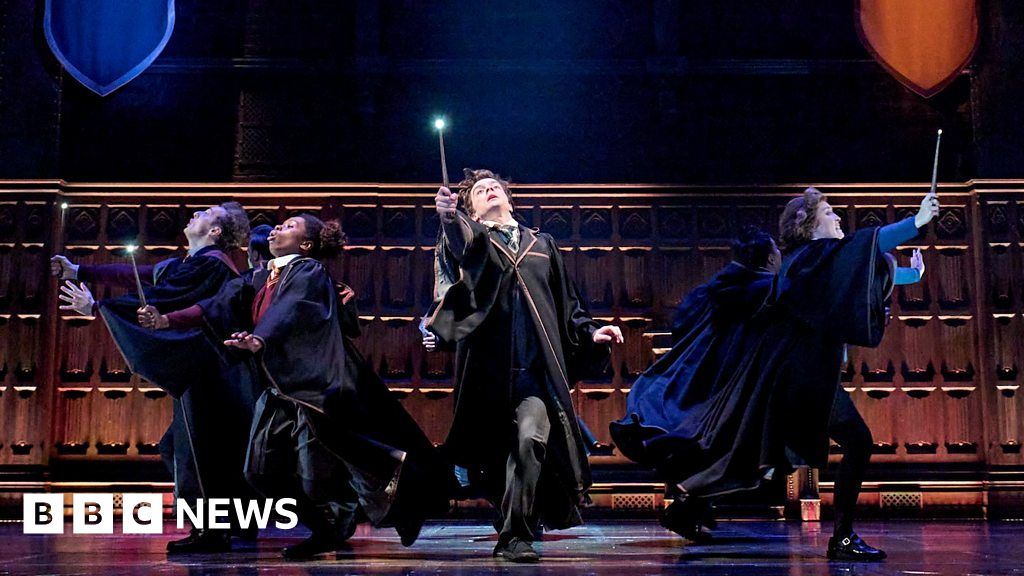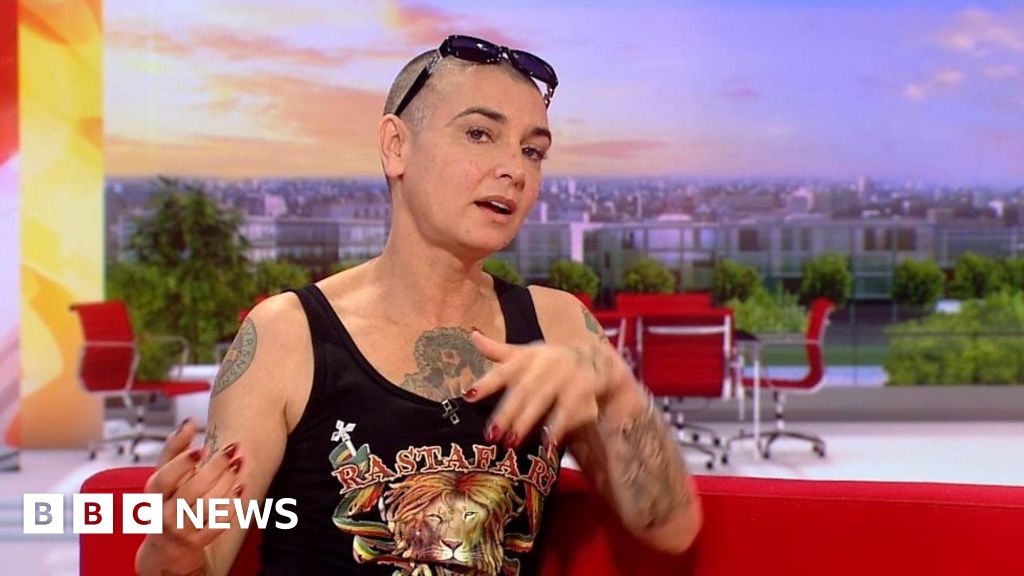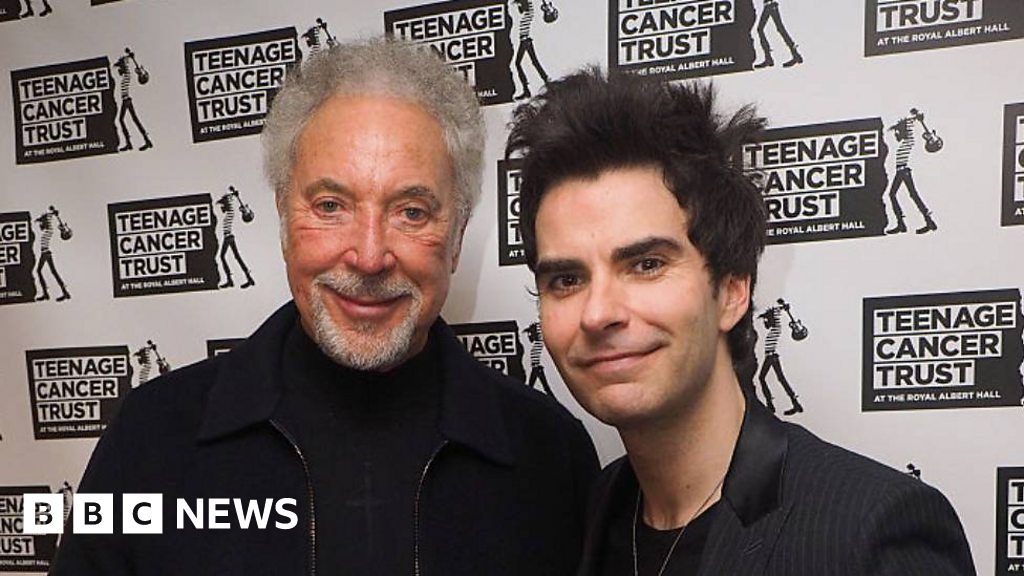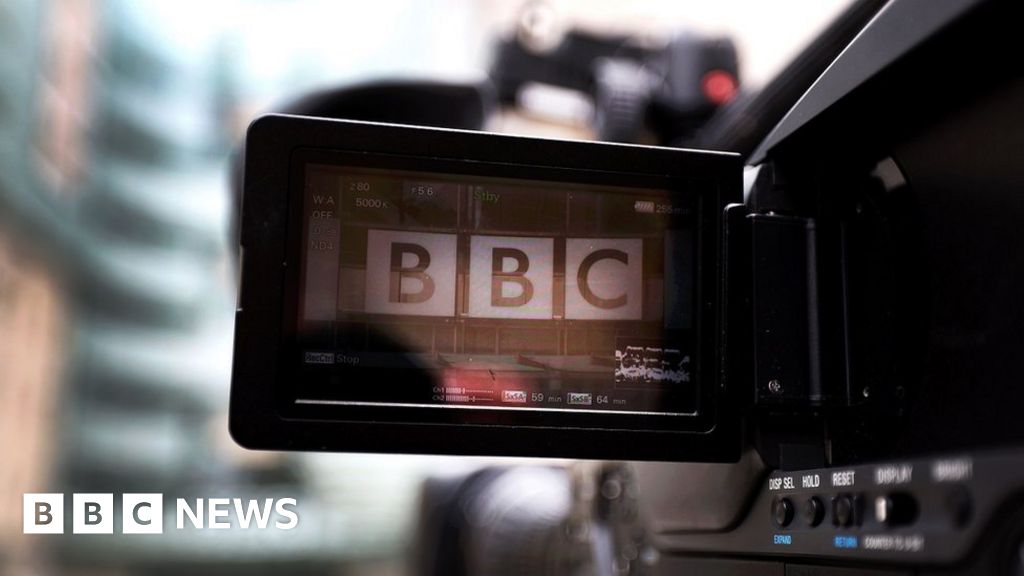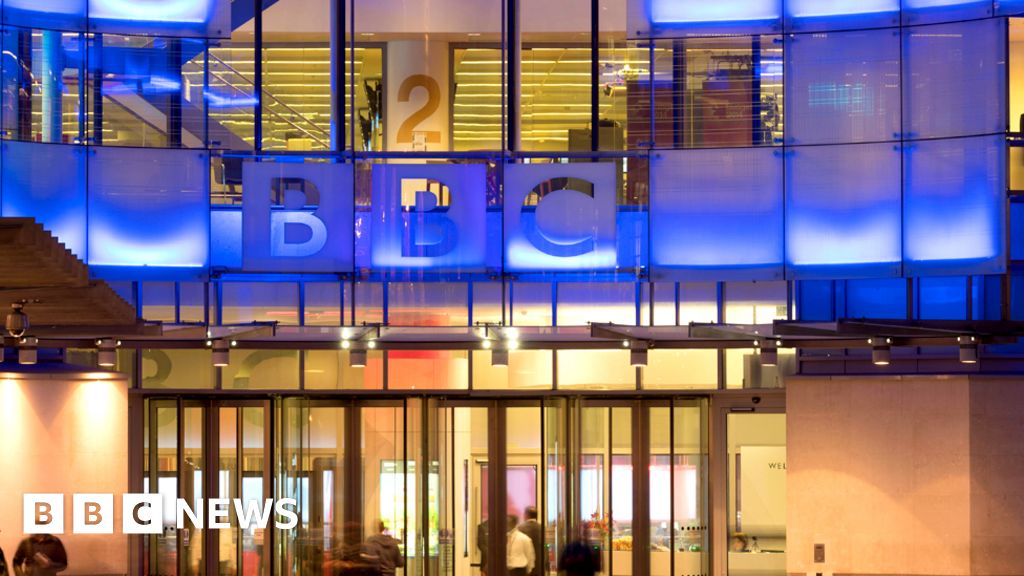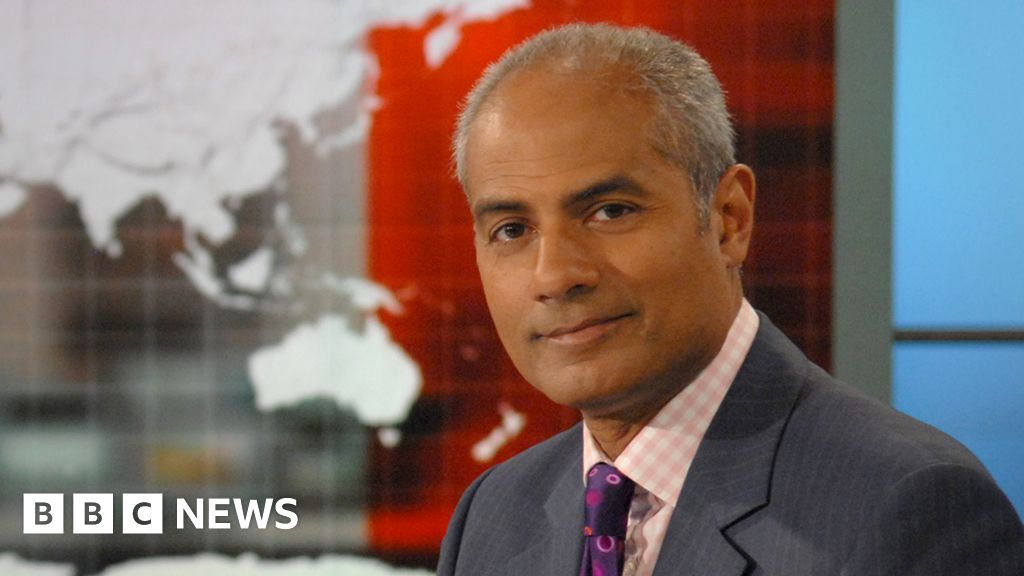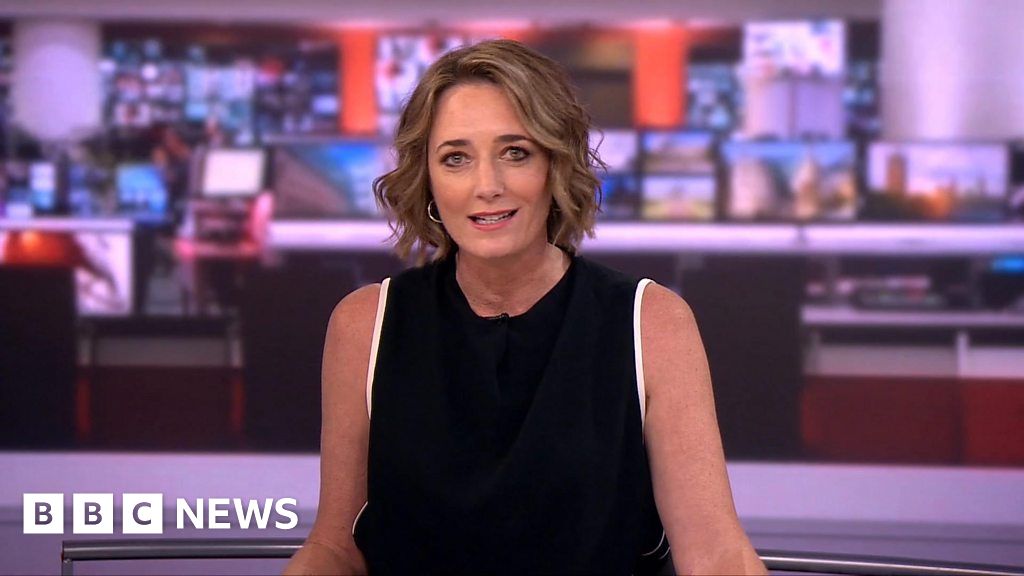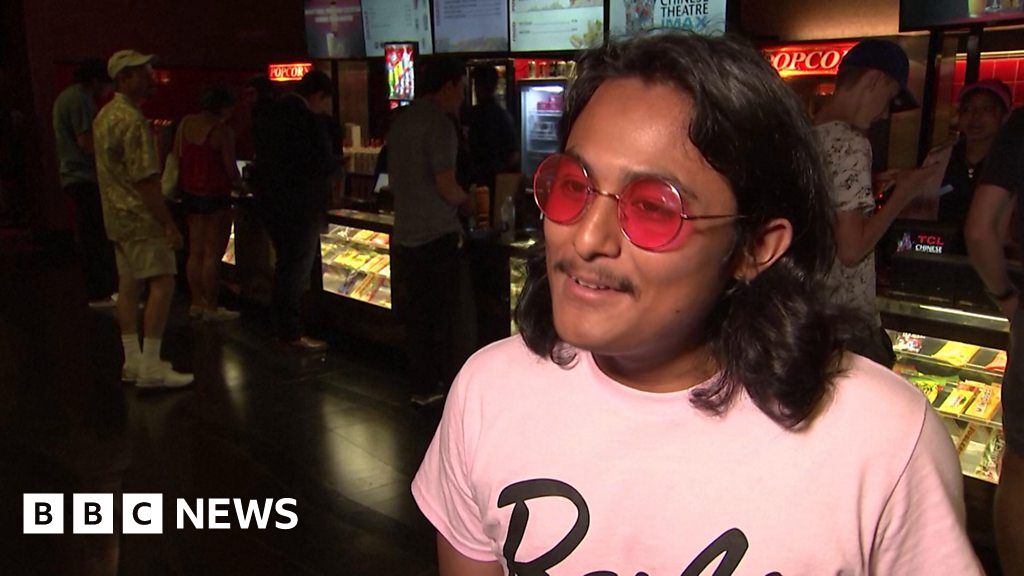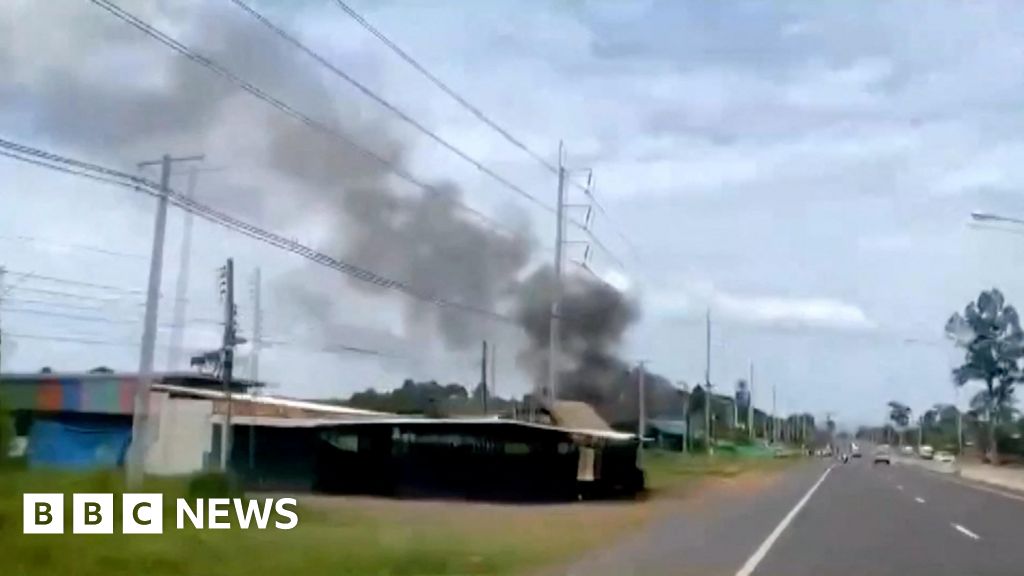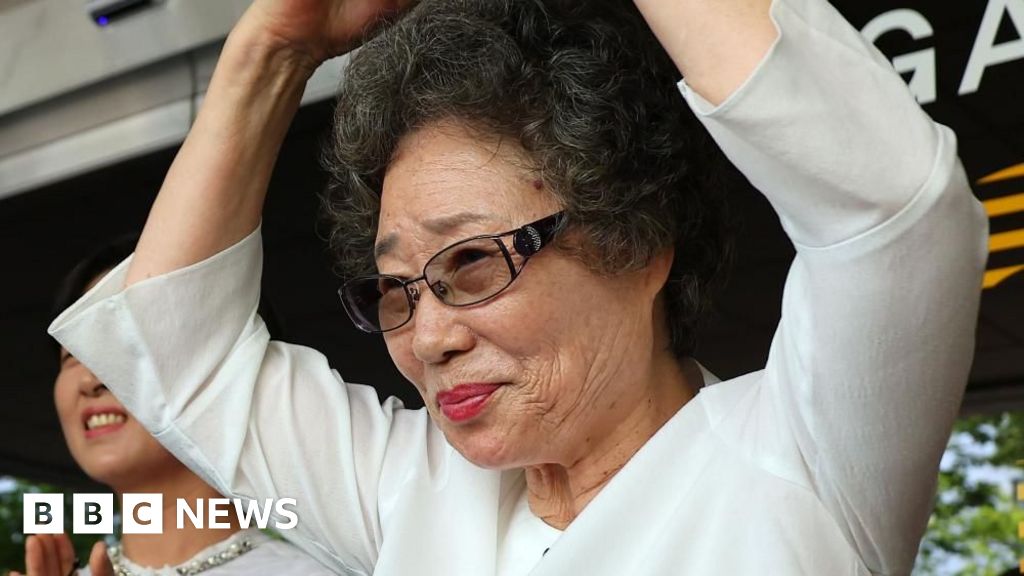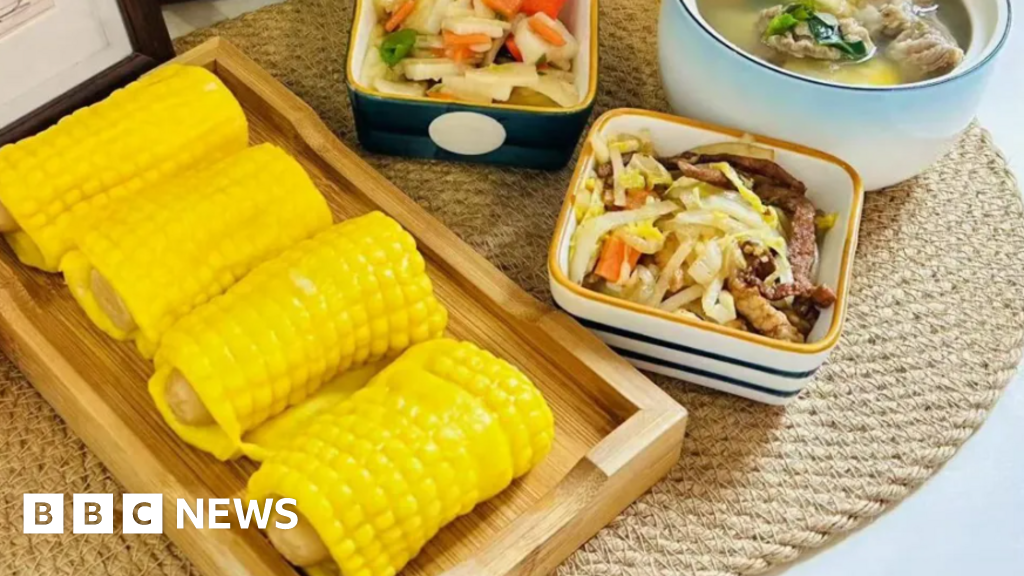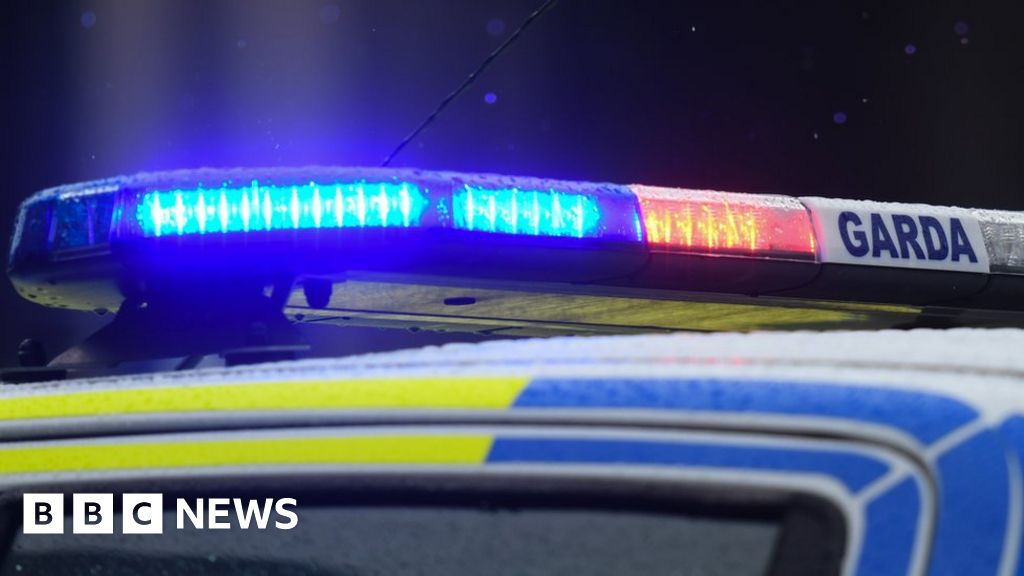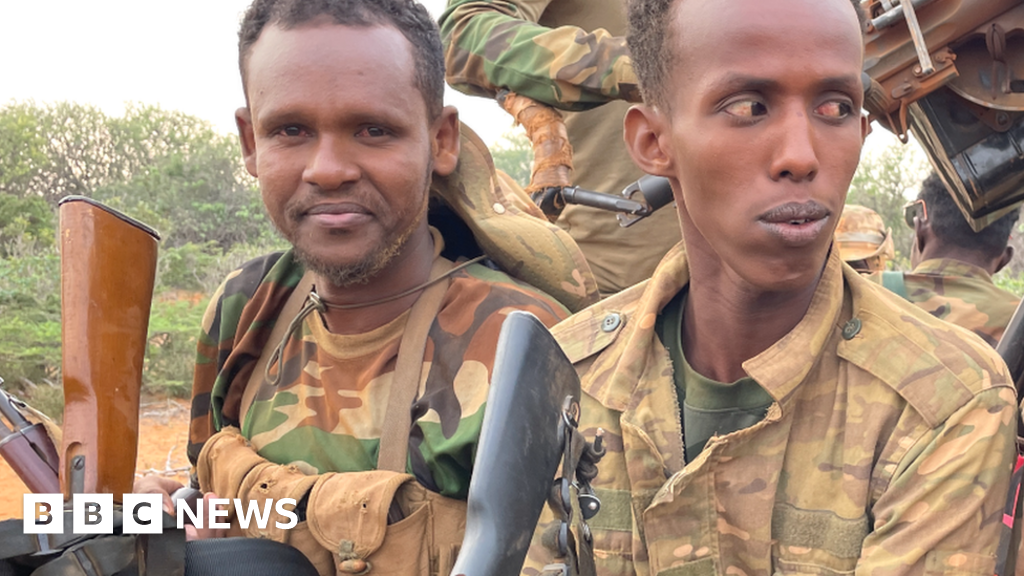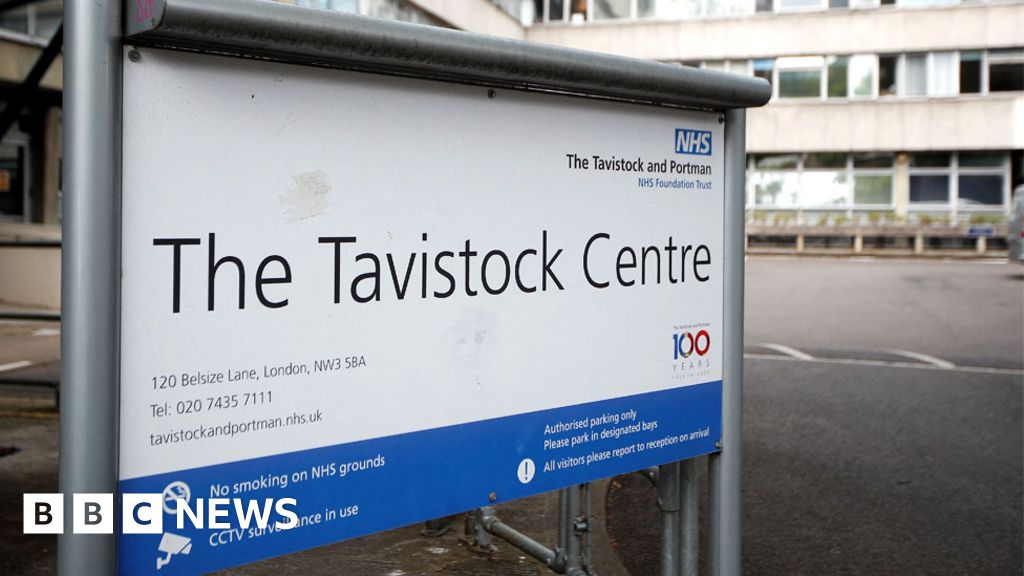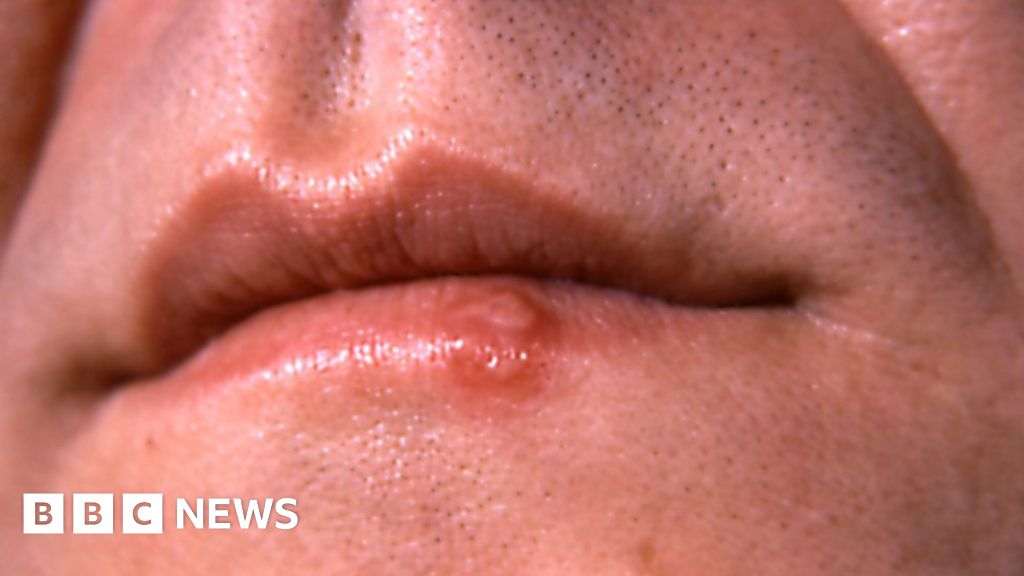BBC News
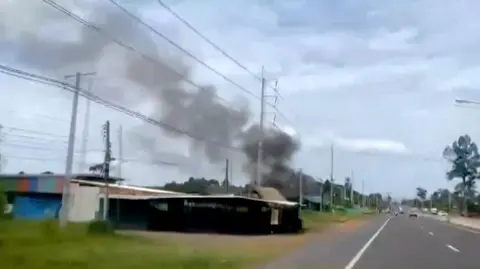 Reuters
ReutersOn Thursday, simmering tensions between Thailand and Cambodia exploded into a deadly battle at the border.
At least 12 Thai nationals, most of whom are civilians, have been killed, Thai authorities have said.
How many people – if any – have lost their lives on the Cambodian side is not known.
Each side is blaming each other for causing the escalation, which reportedly began with gunfire over the border.
Thailand has accused Cambodia of then firing rockets, while Bangkok carried out air strikes on Cambodian military targets.
So how did we get here – and where is it going?
What’s behind the tensions?
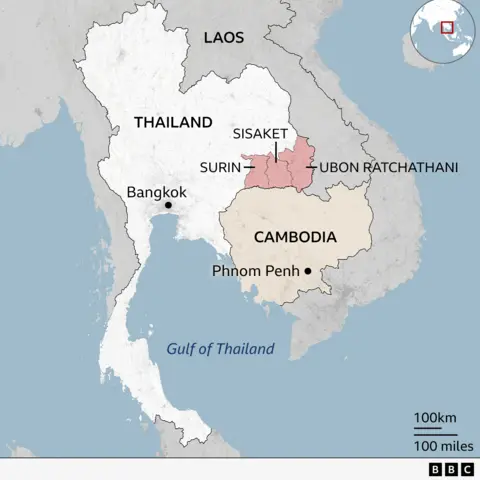
This is not a recent dispute. In fact, the argument between Thailand and Cambodia dates back more than a century, when the borders of the two nations were drawn after the French occupation of Cambodia.
Things officially became hostile in 2008, when Cambodia tried to register an 11th Century temple located in the disputed area as a Unesco World Heritage Site – a move that was met with heated protest from Thailand.
Over the years there have been sporadic clashes that have seen soldiers and civilians killed on both sides.
The latest tensions ramped up in May after a Cambodian soldier was killed in a clash. This plunged bilateral ties to their lowest point in more than a decade.
In the past two months, both countries have imposed border restrictions on one another. Cambodia banned imports from Thailand such as fruits and vegetables, and stopped importing power and internet services.
Both countries have also strengthened troop presence along the border in recent weeks.
What exactly happened on Thursday?
Thailand and Cambodia have given differing versions of what happened.
Thailand’s National Security Council (NSC) claims that just after 07:30 local time (00:30GMT) on Thursday, Cambodia’s military deployed drones to conduct surveillance of Thai troops near the border.
Shortly afterwards, Cambodian military personnel carrying rocket-propelled grenades gathered near the border. Soldiers on the Thai side attempted negotiations by shouting, but were unsuccessful, the NSC spokesman said, adding that Cambodian soldiers opened fire at around 08:20, forcing the Thai side to retaliate.
Thailand has accused Cambodia of deploying heavy weapons, including BM-21 rocket launchers and artillery, causing damage to homes and public facilities including a hospital and a petrol station along the Thai side of the border.
Meanwhile, Cambodia claims that Thai soldiers initiated the conflict at around 06:30, when they violated a prior agreement by advancing on a Khmer-Hindu temple near the border and placing barbed wire around its base.
Thai soldiers then deployed a drone just after 07:00, and fired shots “into the air” at around 08:30, according to Maly Socheata, a spokesperson from Cambodia’s Ministry of National Defence.
At 08:46, Thai soldiers “pre-emptively” opened fire on Cambodian troops, leaving them no choice but to exercise their right to self-defence, according to the Phnom Penh Post newspaper quoting Socheata.
Socheata further accused Thailand of deploying excessive troops, using heavy weapons and carrying out air strikes on Cambodian territory.
Will this escalate into a full war?
Thailand’s acting premier Phumtham Wechayachai said that its dispute with Cambodia remains “delicate” and must be addressed with care, and in line with international law.
Cambodian Prime Minister Hun Manet said his country wants to resolve the dispute peacefully and that it has “no choice” but to “respond with armed force against armed aggression”.
While there have been serious exchanges of fire in the past, they de-escalated relatively quickly – a path our correspondent Jonathan Head thinks will be followed again.
However, he warns, there’s a lack of leadership with the strength and confidence to pull back from this confrontation in both countries at the moment.
You can read more of his analysis here.
Is it safe to travel to Thailand and Cambodia?
The fighting as it stands is very localised, and as yet the British Foreign Office has not issued a specific travel advisory at the time of writing.
However, it had already urged travellers to take “extra care” in the area following the closure of the border crossings in recent weeks – “especially at tourist destinations such as the Preah Vihear temple, the Ta Kwai temple and the Ta Muen Thom temple”.
You can check the latest travel advice on the FCDO site.
Meanwhile China has urged its citizens in Cambodia to avoid the Thai border.


